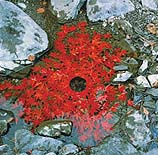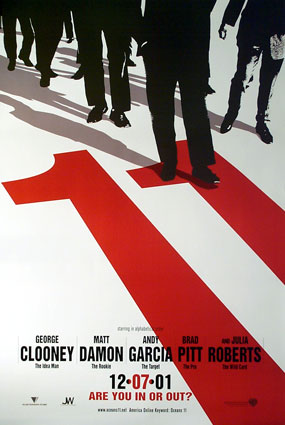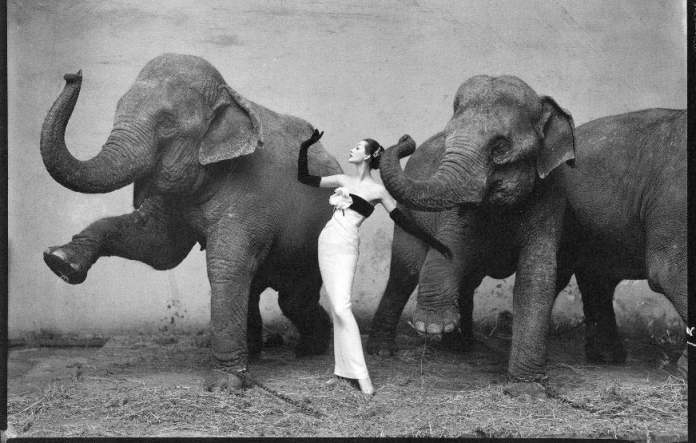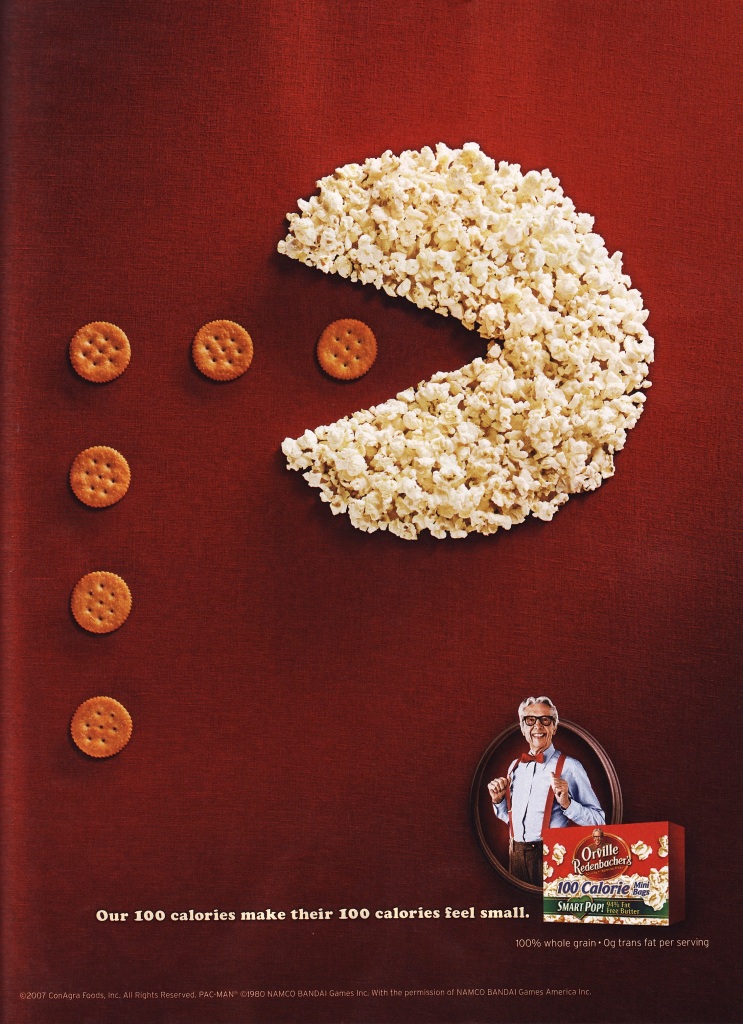Andy Goldsworthy is a nature installation photographer. His artwork focuses on abstract photography. In his photos, the visual look matters more than the emotion felt by the viewer. The objects in his photographs are always found in nature, never manmade.
Goldsworthy pays great attention to detail. Classic artistic elements such as line, color, shape, space, value, texture, and symmetry are present. This can be demonstrated in individual photographs from Goldsworthy’s body of work

This photo wouldn’t be successful without the line in the snow. It would simply be a picture of snow with a relatively flat color scheme and nothing of interest. The line leads the viewer’s eye through the photograph.

This photo displays how Goldsworthy uses color. If the leaves were a similar shade to the rocks and the water, the photograph wouldn’t be as interesting. The red is a direct complement to the neutral grey rocks.

Without the circle of colored stones, this photograph wouldn’t make sense. The circular shape in the center draws the viewer’s eye into the photo and makes it visually intriguing.

The negative space is what makes this photograph. Without the opening in the largest ring, the smaller ring wouldn’t be visible and the photo wouldn’t be as compelling. However, the photograph is very monochromatic; it could use a bit more contrast between the color of the snow and the color of the sky.

The warm color gradient in this photograph demonstrates how Goldsworthy uses value in his work. The exact selection and arrangement of leaves creates a seamless gradient.

In comparison to the previous photograph, the gradient of the colors in this one isn’t as gradual, so the texture of the stones is evident.

The concentric circles in this photograph demonstrate the symmetry in many of Goldsworthy’s works. In this case, the similar coloring works to make the symmetry more obvious.










